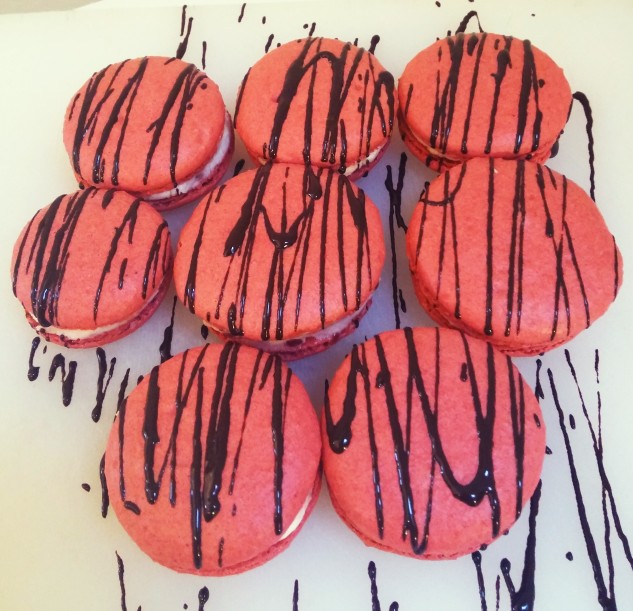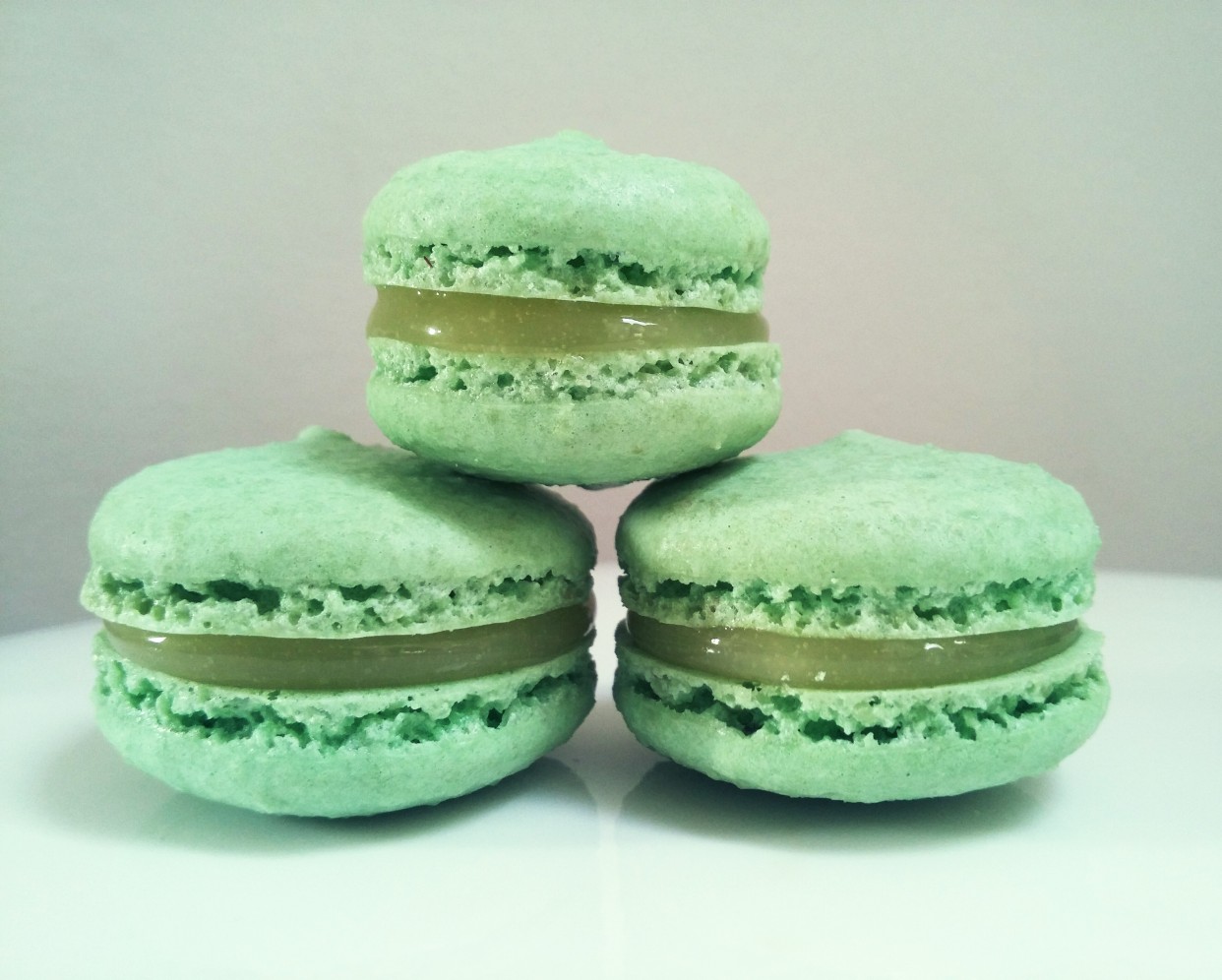
Due to the snowy spring we are getting here in Europe, I am posting this soup I made in January, before Maria and I started our blog. It might be uneasy to find Jerusalem artichokes after March/April, but if you can get them, have a go! This is simply gorgeous stuff. It takes a bit of time, but it will reward you. Fully.
These tubers were already used by natives in north America and arrived in Europe from Brasil in the 1600s, via Portuguese importers. They then spread across western Europe quite quickly. Their name possibly comes from the misunderstanding of ‘girasole‘, sunflower in Italian, which resembles the word Jerusalem, as said by Italian immigrants in north America.
On the outside, Jerusalem artichokes look like ginger roots, but when you open them, they glow with a unique nacreous shine. Also their taste holds charming secrets, starting from a starch-less, soft potatoey crunch moving to a bitter-sweet nutty finish. I have tried them sautéed or roasted as a side dish, but this time I wanted something comforting, warm, and focused on their peculiar flavour. And in these days, I could really use them again to chase this cold away…

‘[…retire therefore,] November, depart from this April!’
Jerusalem artichoke soup (serves 4)
500 g Jerusalem artichokes
1 shallot
1 leek
1/2 l vegetable broth
2 tbsp olive oil
a few rose petals
Start washing the tubers and scrub the bulgy edges with a potato peeler. Put them with one tbsp of oil in hot oven at 180°C/160ºC fan/gas 4 for about 30 minutes. When baked, take out and leave to cool at room temperature.
Meanwhile, finely chop the shallot and the leek, and pan fry them in a pot with one tbsp of oil at low heat. Let them slowly turn golden. When the Jerusalem artichokes have cooled down, peel them one by one–the skin will easily come off at this point. Dice them and add to the vegetable base in the frying pan, and cook for another 5-10 minutes, according to how big you have chopped them.
Remove from fire and blend together with warm vegetable stock. Don’t overdo the blending or you will lose the texture of the Jerusalem artichokes. Before serving, warm the soup again in the pot for a few minutes, drizzle with fresh olive oil, and decorate with the rose petals. This will warm you up.
by Max















